This review explores the captivating world of Tregenza's 'The Fishing Place', a historical drama set in Nazi-occupied Norway. It delves into Tregenza's unique cinematic style, characterized by extended camera movements and a profound visual storytelling approach. The review analyzes the film's complex characters, the tense atmosphere of suspicion and surveillance, and the film's exploration of morality and the social impact of technological advancements.
Tregenza has been making films for nearly forty years. His first feature, 'Talking to Strangers,' premiered in 1988, but 'The Fishing Place,' which opens Feb. 6, at MOMA, is only his fifth. Tregenza always does his own cinematography, and his style is entirely his own, involving extended and elaborate camera moves on dollies, cranes, cars, or even boats. (He uses a crane as freely as an artist wields a paintbrush.
) Like his previous film, 'Gavagai,' from 2016, 'The Fishing Place' is filmed and set in Norway, but whereas the former took place in the present day, the new one is a historical drama, set in a remote village in Telemark, amid the country’s occupation by Nazi Germany. It’s centered on a woman named Anna (Ellen Dorrit Petersen), who arrives in town and serves as a housekeeper for a businessman named Klaus (Eindride Eidsvold). Her presence is no accident: previously arrested by the Nazis, she has been released under the supervision of a local Norwegian S.S. officer, Hansen (Frode Winther), who then orders her to keep house for—and to spy on—a recently arrived priest (Andreas Lust), a German émigré whose politics Hansen finds suspicious. From the start, Tregenza’s serenely spectacular methods are deployed not merely to depict the action but to become a part of it. The images in which Anna, Hansen, and the priest approach the village, separately but similarly, make them appear to be gliding above the ground rather than walking on it, as if ultimately superfluous to the place. It’s not fanciful to see a philosophical hint in such details: Tregenza’s film consistently succeeds in thinking in images, offering not just a depiction of events but a vision of the world by way of style and tone. Even the film’s basic exposition, showing Anna working in Klaus’s household and receiving her fateful instructions from Hansen, is richly suggestive of the turmoil vibrating beneath the orderly domestic surface. It unfolds in an unbroken six-minute take that ranges through the dining room and an art-filled salon, introducing the characters and suggesting their conflicts: Klaus’s differences with his bookish son (Peder Herlofsen); the hostility of Klaus’s wife, Margit (Gjertrud Jynge), to his Nazi sympathies; Anna’s silent resentment at serving under Hansen’s command. The performances have a modestly theatrical formality that, in avoiding showiness, conveys the high pressure of life under constant surveillance. The dialogue is mostly terse; each sentence bears the weight of life-and-death implications. Only Nazis, free to preen, enjoy the ease of prolixity. At one point, a local man who’s a member of the resistance (no spoilers) manages to hint to Anna that he knows both that she’s an ally and that she is under pressure to collaborate. When the occupiers are closing in on the man, Tregenza films a resulting act of violence with a furious restraint that highlights the moral agony of an exalted but dangerous commitment—of the tragedy of contradictory vows. Tregenza’s agile camera connects characters to one another, linking actions in suspenseful chains of causality, and rooting the drama in a sense of locale, both in intimate domestic settings and in mighty, numinous landscapes. He creates images of a sculptural sinuosity, conjuring intricate depths of space and time. The crux of the drama is a single shot, lasting a full seven minutes, that begins at eye level with a modest outing for Anna and the priest, involves the presence of a child in hiding, spirals high to reveal Anna’s decisive response to Hansen’s demands, and follows her to a desperate escape. Comings and goings are meticulously parsed, in such a way that actions seen on camera often reverberate with enormous off-camera implications. The movie’s terrifying dénouement emerges in another seven-minute shot, in which hints and premonitions are transformed into passions and horrors and in which landscape—and, as per the title, a seascape—appear not simply as backdrops but as dramatic and intellectual engines of the story. Tregenza here hints at another level of conflict that will eventually become apparent. Though the movie, needless to say, is clear-eyed about the evils of the Nazi occupation and the danger of tyrannical fascism overwhelming democratic routine, it also points ahead toward the implications of Allied victory and the economic and social changes that will result from liberal-minded scientific progress in the nuclear age. There’s an existential premise at work regarding the socially destructive power of technology, and Tregenza, having dropped hints along the way, eventually reveals it with an artistic shock of enormous daring. The movie concludes with a twenty-two-minute take that’s too giddy a jolt to spoil
FILM REVIEW CINEMATOGRAPHY HISTORICAL DRAMA NAZI OCCUPATION NORWAY ANNA HANSEN PRIEST RESISTANCE EXISTENTIALISM TECHNOLOGY SOCIAL IMPACT
United States Latest News, United States Headlines
Similar News:You can also read news stories similar to this one that we have collected from other news sources.
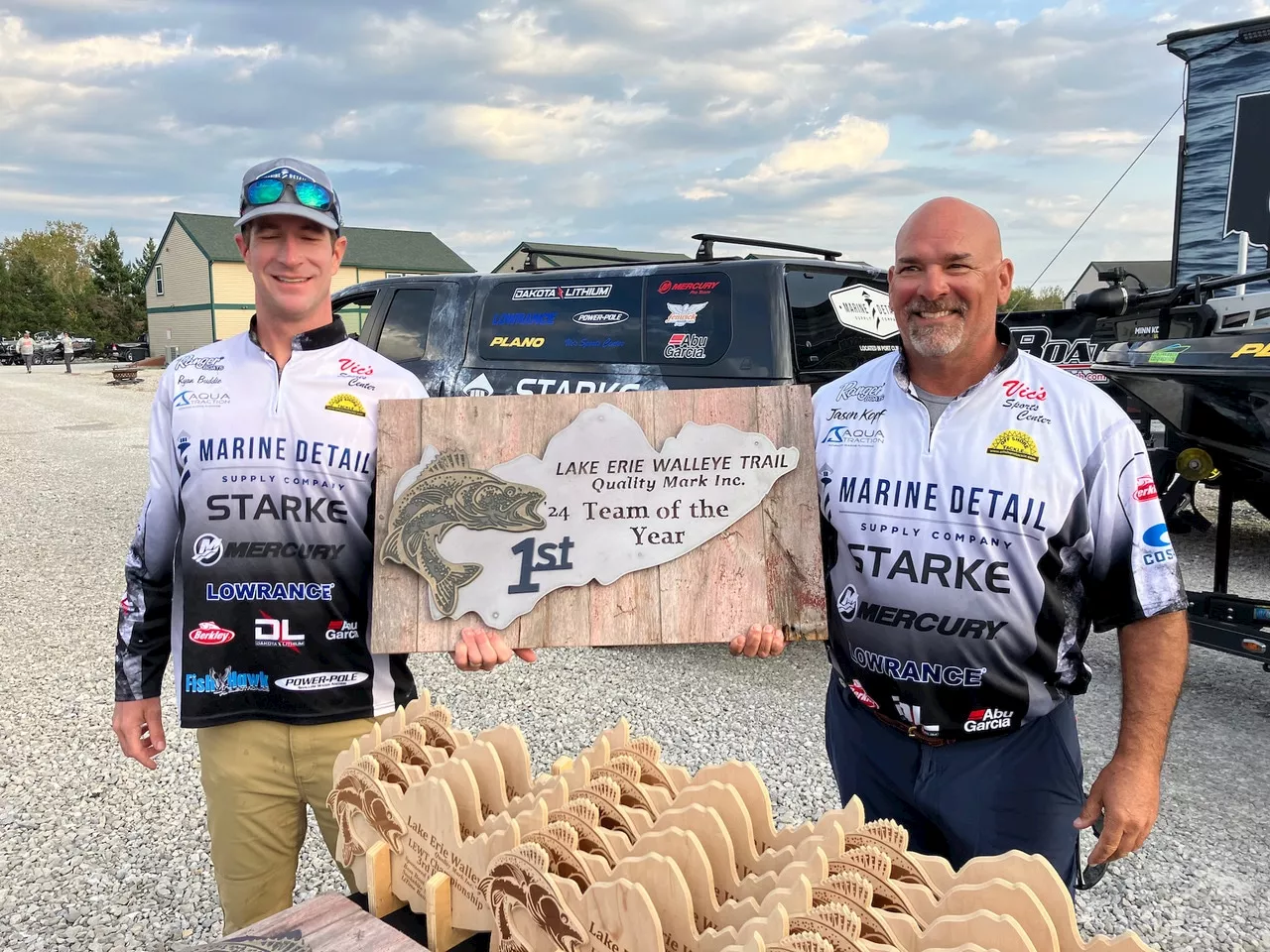 Boat Show fishing seminars on tap at I-X Center: NE Ohio fishing reportThe seminar schedule will be a bit different this year with Jason Fischer, director of the Lake Erie Walleye Trail, in charge.
Boat Show fishing seminars on tap at I-X Center: NE Ohio fishing reportThe seminar schedule will be a bit different this year with Jason Fischer, director of the Lake Erie Walleye Trail, in charge.
Read more »
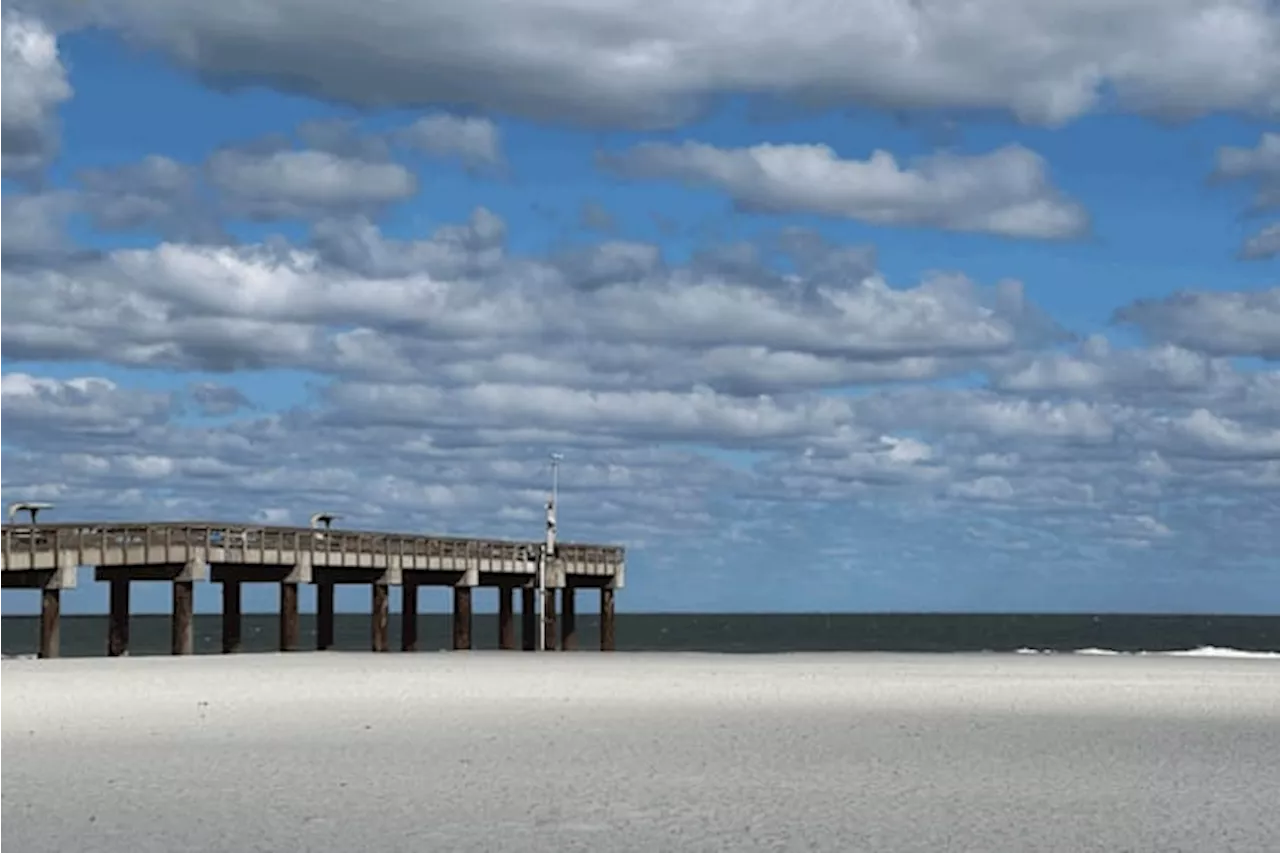 St. Johns County Ocean and Fishing Pier set to reopen for fishing, sightseeingThe St. Johns County Ocean and Fishing Pier in St. Augustine Beach will reopen for fishing and sightseeing on Sunday, Jan. 12, after a long closure for shoreline restoration.
St. Johns County Ocean and Fishing Pier set to reopen for fishing, sightseeingThe St. Johns County Ocean and Fishing Pier in St. Augustine Beach will reopen for fishing and sightseeing on Sunday, Jan. 12, after a long closure for shoreline restoration.
Read more »
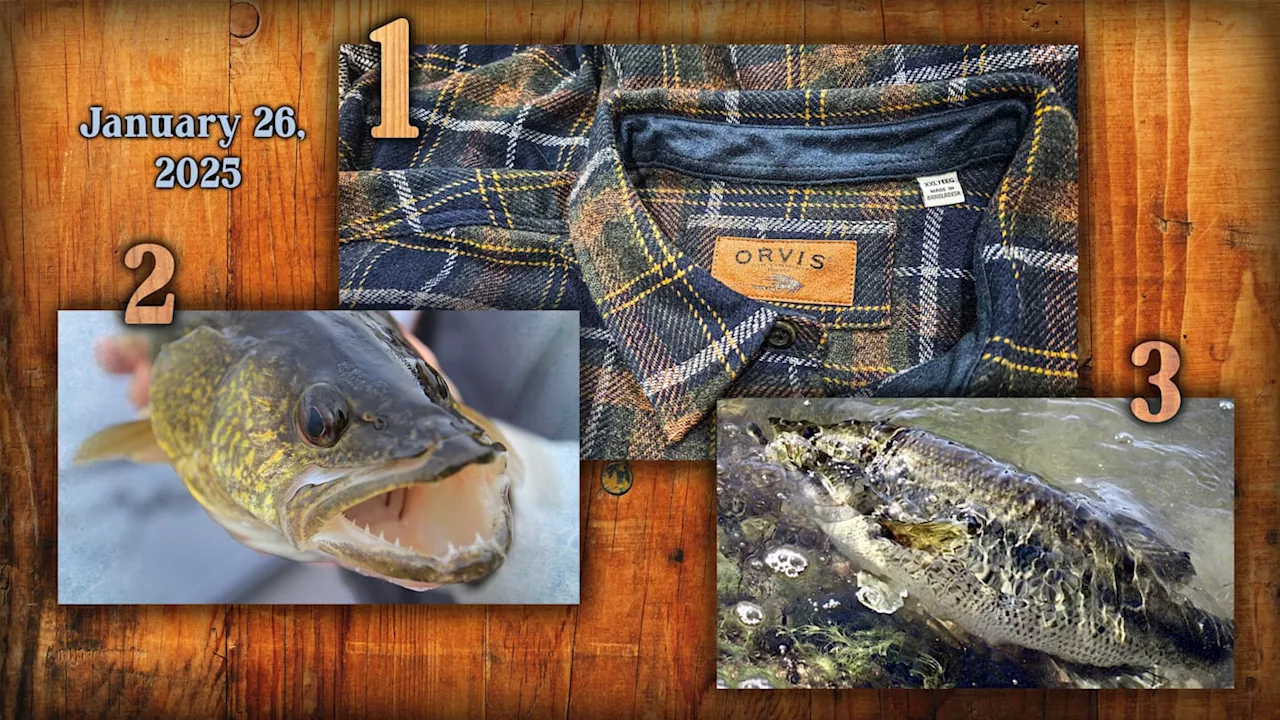 Top 3 Biggest Fishing Stories of the Week: Fishing on SI: Sports Illustrated: 1-26-25From a great deal on an Orvis flannel shirt to the biggest trend in bass fishing, these stories captured our Sports Illustrated fishing reader’s attention on Fishing on SI this past week, January 26, 2025.
Top 3 Biggest Fishing Stories of the Week: Fishing on SI: Sports Illustrated: 1-26-25From a great deal on an Orvis flannel shirt to the biggest trend in bass fishing, these stories captured our Sports Illustrated fishing reader’s attention on Fishing on SI this past week, January 26, 2025.
Read more »
 Ohio Anglers and Bass FishingThis news article highlights the launch of the Ohio Bass Fishing Hall of Fame, celebrating the state's significant contributions to the sport of bass fishing. It also covers recent fishing activities in Northern Ohio, including trout stockings in Cleveland Metroparks and the upcoming Northern Ohio Fly Fishing Expo.
Ohio Anglers and Bass FishingThis news article highlights the launch of the Ohio Bass Fishing Hall of Fame, celebrating the state's significant contributions to the sport of bass fishing. It also covers recent fishing activities in Northern Ohio, including trout stockings in Cleveland Metroparks and the upcoming Northern Ohio Fly Fishing Expo.
Read more »
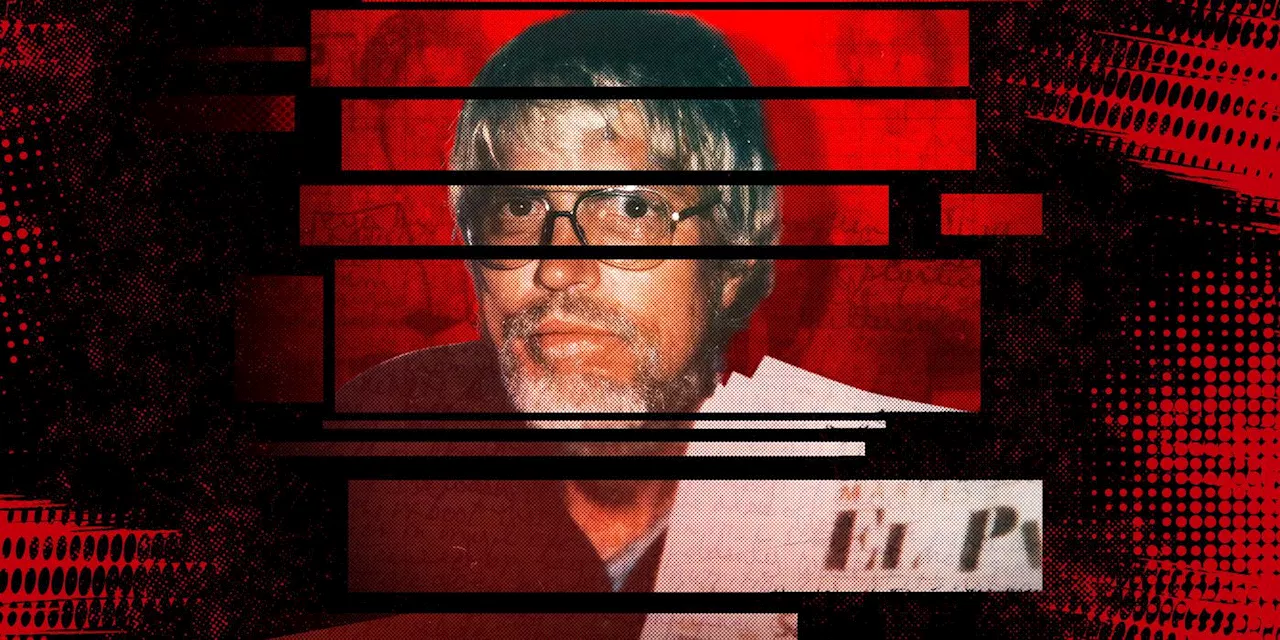 Miracle Fishing: Kidnapped Abroad - A Powerful Tale of Resilience and CommunityThe documentary 'Miracle Fishing: Kidnapped Abroad' tells the true story of Thomas Hargrove, an American expatriate kidnapped in Colombia by the FARC guerrilla group in 1994. Through raw home videos shot by his son, Miles Hargrove, the film captures the agonizing uncertainty and emotional toll of his family's ordeal during the 11-month captivity. It also explores the resilience, courage, and community support that helped them navigate this dark period.
Miracle Fishing: Kidnapped Abroad - A Powerful Tale of Resilience and CommunityThe documentary 'Miracle Fishing: Kidnapped Abroad' tells the true story of Thomas Hargrove, an American expatriate kidnapped in Colombia by the FARC guerrilla group in 1994. Through raw home videos shot by his son, Miles Hargrove, the film captures the agonizing uncertainty and emotional toll of his family's ordeal during the 11-month captivity. It also explores the resilience, courage, and community support that helped them navigate this dark period.
Read more »
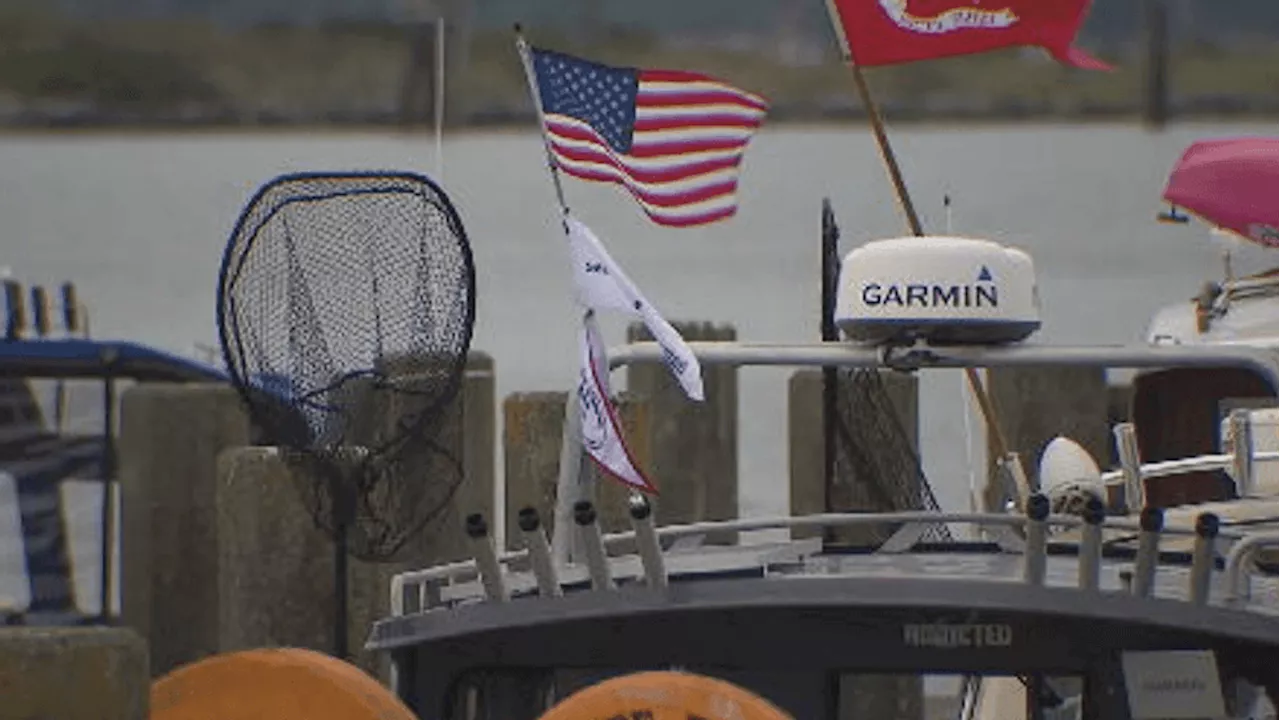 Salmon for Soldiers: Fishing for Healing and CamaraderieSalmon for Soldiers (S4S) uses 'piscatorial therapy' to help veterans suffering from post-traumatic stress through salmon fishing, offering healing and community. Veterans share how the program has positively impacted their lives, helping them find joy, purpose, and connection.
Salmon for Soldiers: Fishing for Healing and CamaraderieSalmon for Soldiers (S4S) uses 'piscatorial therapy' to help veterans suffering from post-traumatic stress through salmon fishing, offering healing and community. Veterans share how the program has positively impacted their lives, helping them find joy, purpose, and connection.
Read more »
